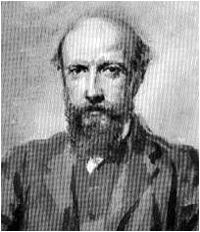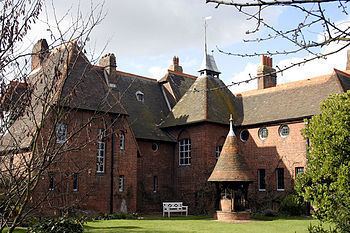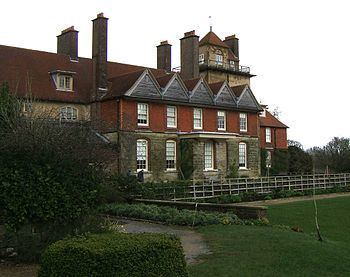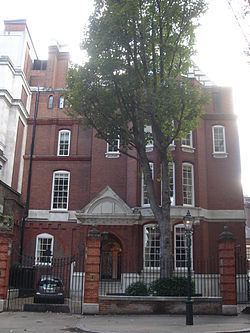Occupation Architect Name Philip Webb | Role Architect Parents Aston Webb | |
 | ||
Died April 17, 1915, Worth, United Kingdom Structures Red House - London, Standen, St Martin's Church - Brampton, The Red House, Nº 1 - Palace Green - K Similar People William Morris, Jane Morris, Aston Webb, John Ruskin, Martin of Tours | ||
Our favorite things the architecture of philip webb
Philip Speakman Webb (12 January 1831 – 17 April 1915) was an English architect sometimes called the Father of Arts and Crafts Architecture.
Contents
- Our favorite things the architecture of philip webb
- Dr peter burman philip webb 1831 1915
- Biography
- Projects
- References

Dr peter burman philip webb 1831 1915
Biography

Born in Oxford, Webb studied at Aynho in Northamptonshire and was then articled to firms of builder-architects in Wolverhampton and Reading, Berkshire. He then moved to London where he eventually became a junior assistant for George Edmund Street. While there he met William Morris in 1856 and then started his own practice in 1858. He is particularly noted as the designer of Red House at Bexleyheath, southeast London in 1859 for William Morris, and – towards the end of his career – the house Standen (near East Grinstead in West Sussex). These were among several works in his favoured niche: country houses. A Greater London Council blue plaque commemorates Webb and Morris at the Red House.

William Morris, Edward Burne-Jones and Dante Gabriel Rossetti were three of his partners in the interior decorating and furnishing business, Morris, Marshall, Faulkner & Co., later to become Morris & Co.

Webb and Morris formed an important part of the Arts and Crafts movement, and founded the Society for the Protection of Ancient Buildings in 1877. With Morris he wrote the SPAB Manifesto, one of the key documents in the history of building conservation. He attended over 700 SPAB Committee meetings as well as undertaking numerous site visits. Webb also joined Morris's revolutionary Socialist League, becoming its treasurer.

George Howard of Naworth Castle near Brampton in Cumbria was an able artist and friend of the Pre-Raphaelites, and a keen patron of Philip Webb. Webb had built two houses for his Naworth Castle Estate: Four Gables and Green Lane House, as well as his London house at 1 Palace Green. Much financial help was offered towards building a new church in Brampton by Charles Howard MP (George Howard's father) on condition that he chose the architect.
Webb's plan for St Martin's Church is quite unlike most other Victorian churches, with the body of the church being almost square. It is the only church designed by Webb, and contains an exquisite set of stained glass windows designed by Burne-Jones, and executed in the William Morris studio.
His friendship with the family of Sir Thomas Hugh Bell, leading ironfounder of Middlesbrough, led to three commissions: Rounton Grange (demolished in 1953), Red Barns House in 1868, in which Gertrude Bell lived as a child, and the Bell Brothers office building in Middlesbrough (his only commercial development; later to be Dorman Long offices). An additional commission in the Cleveland area was Briarmead completed in 1883, located north of Greatham village, near Hartlepool. The adjoining St Francis Cottage was completed by W.F Linton (Middlesbrough) in 1895 in the style of Webb.
In 1901 Philip Webb retired to the country and ceased practising. He continued to be an influence on the "school of rational builders" surrounding William Lethaby, and Ernest Gimson and his community of architect-craftsmen based at Sapperton in Gloucestershire.
